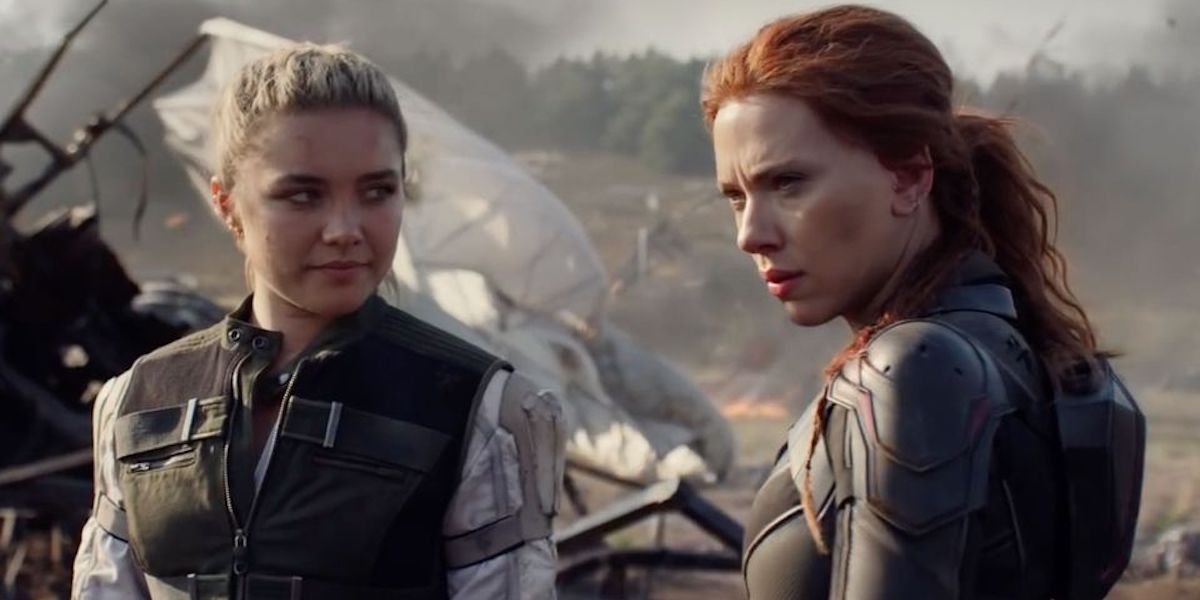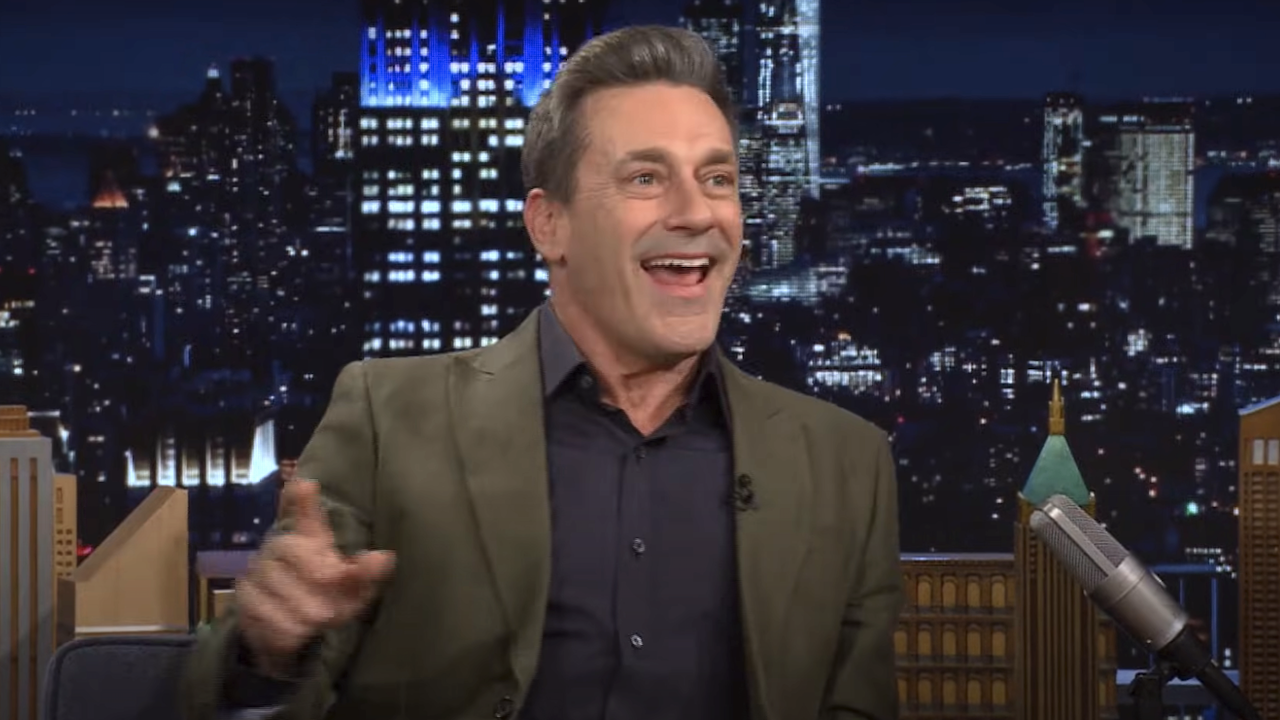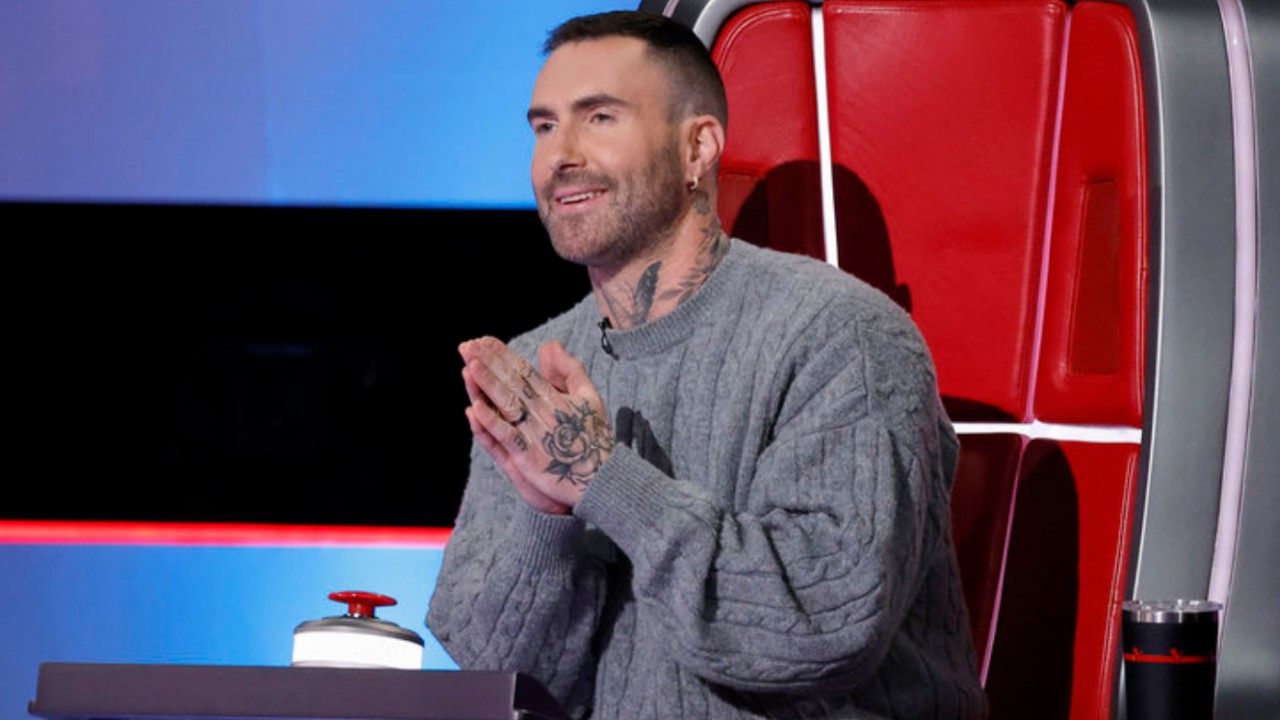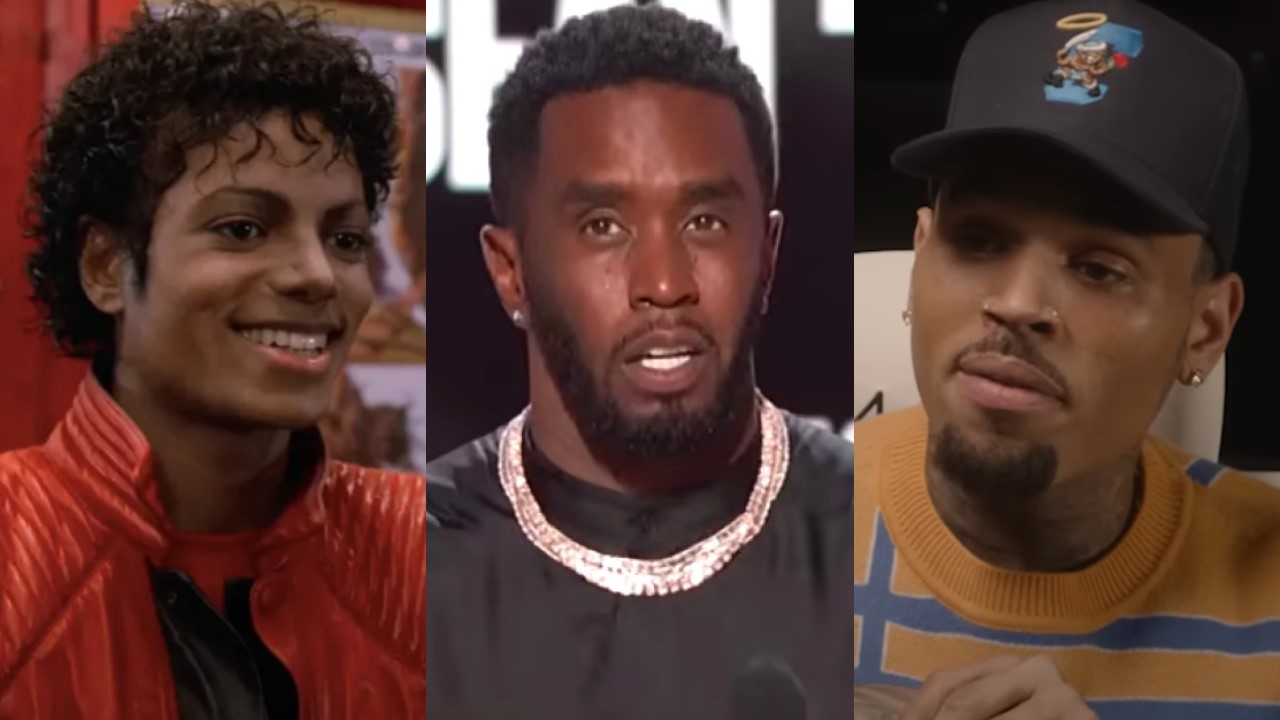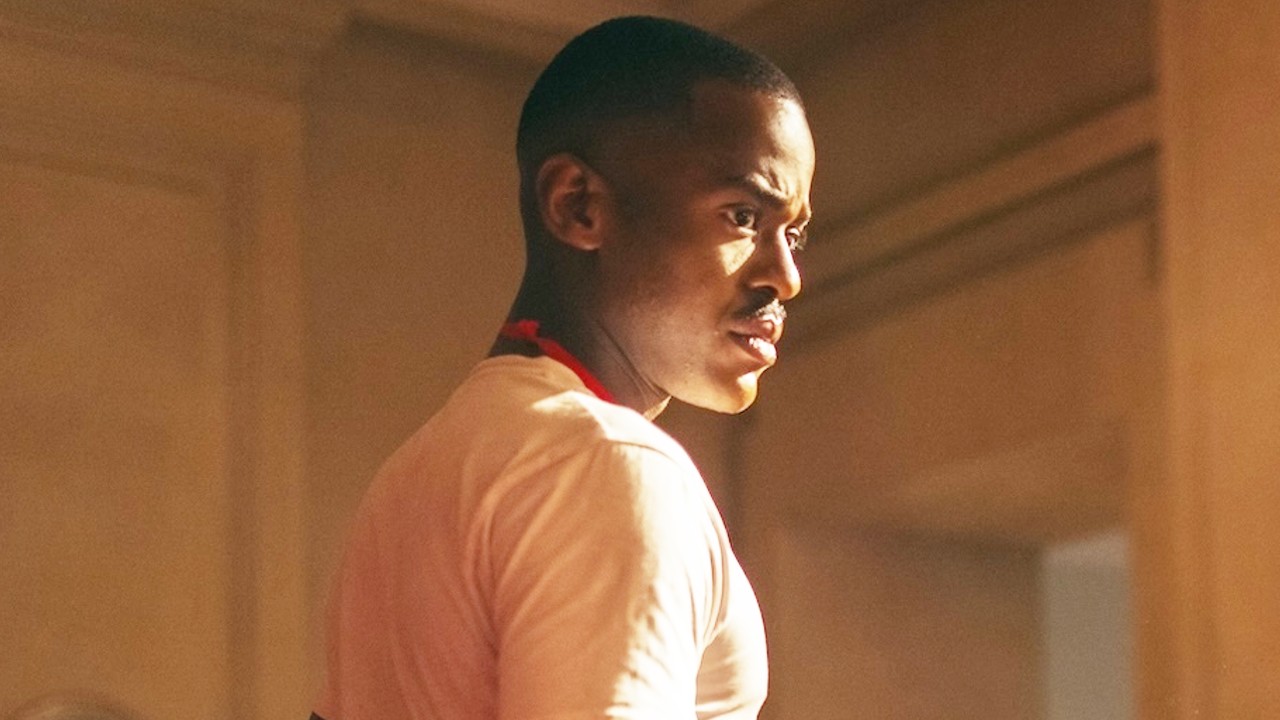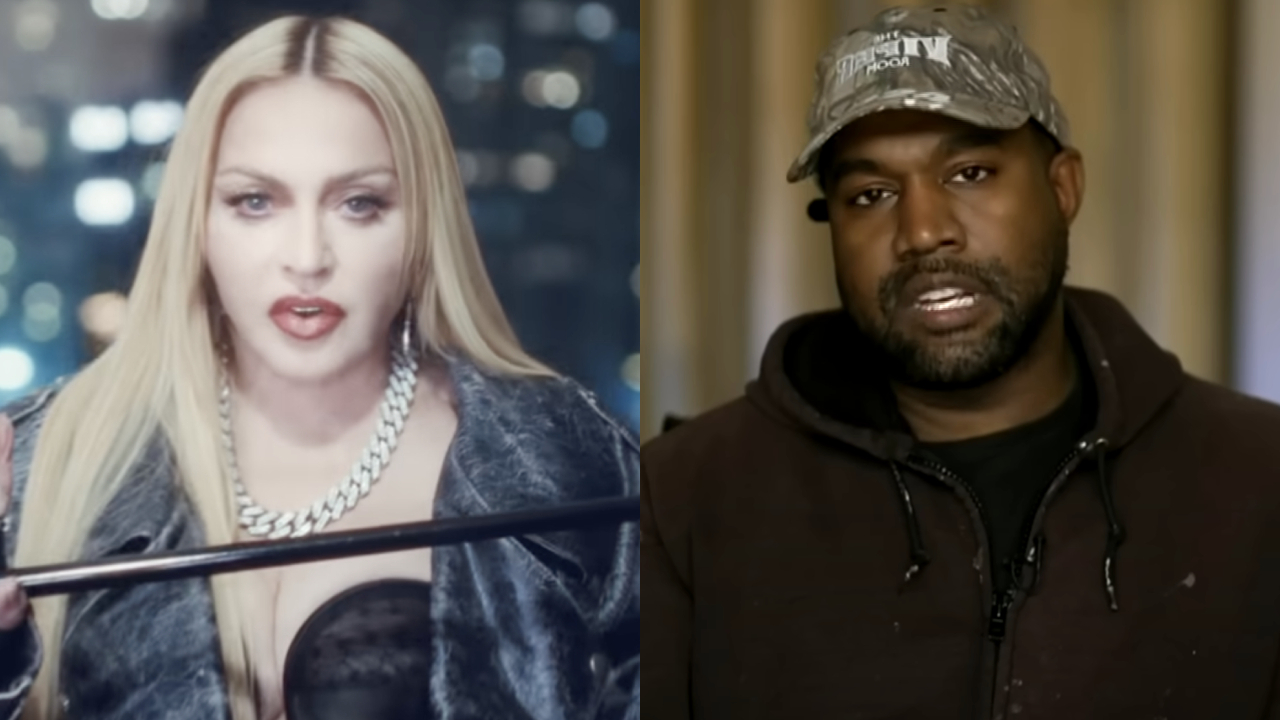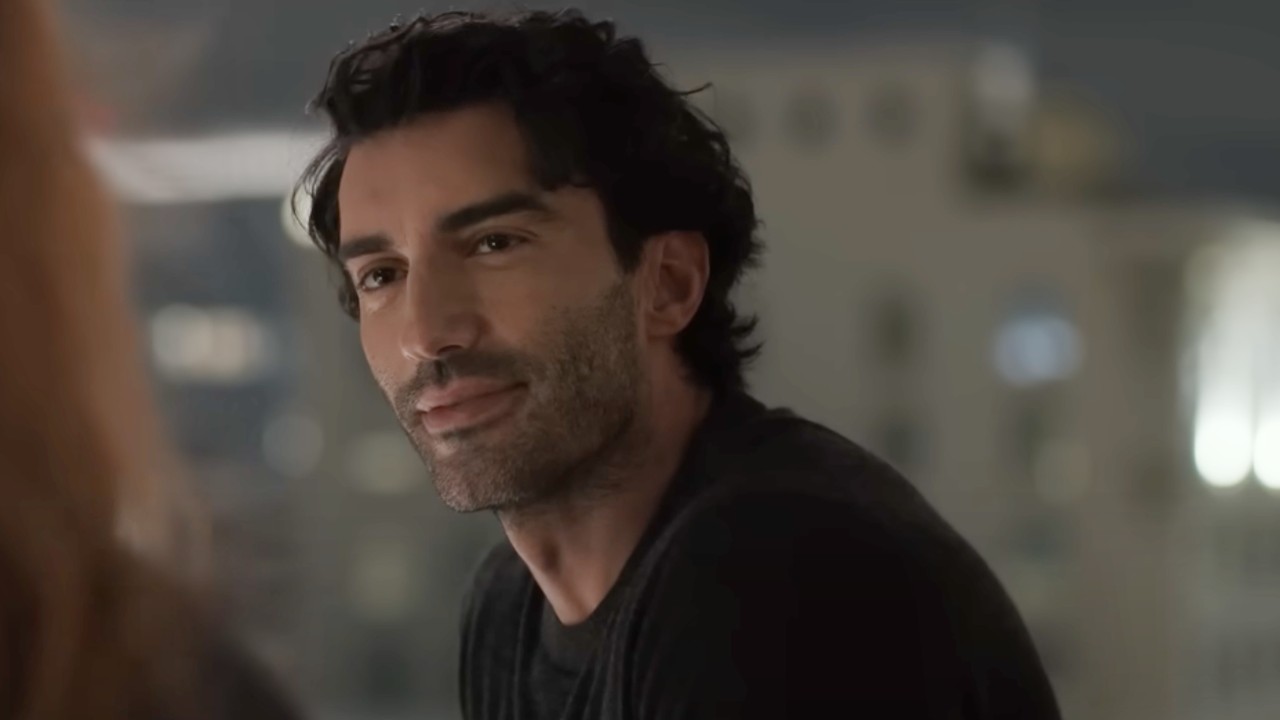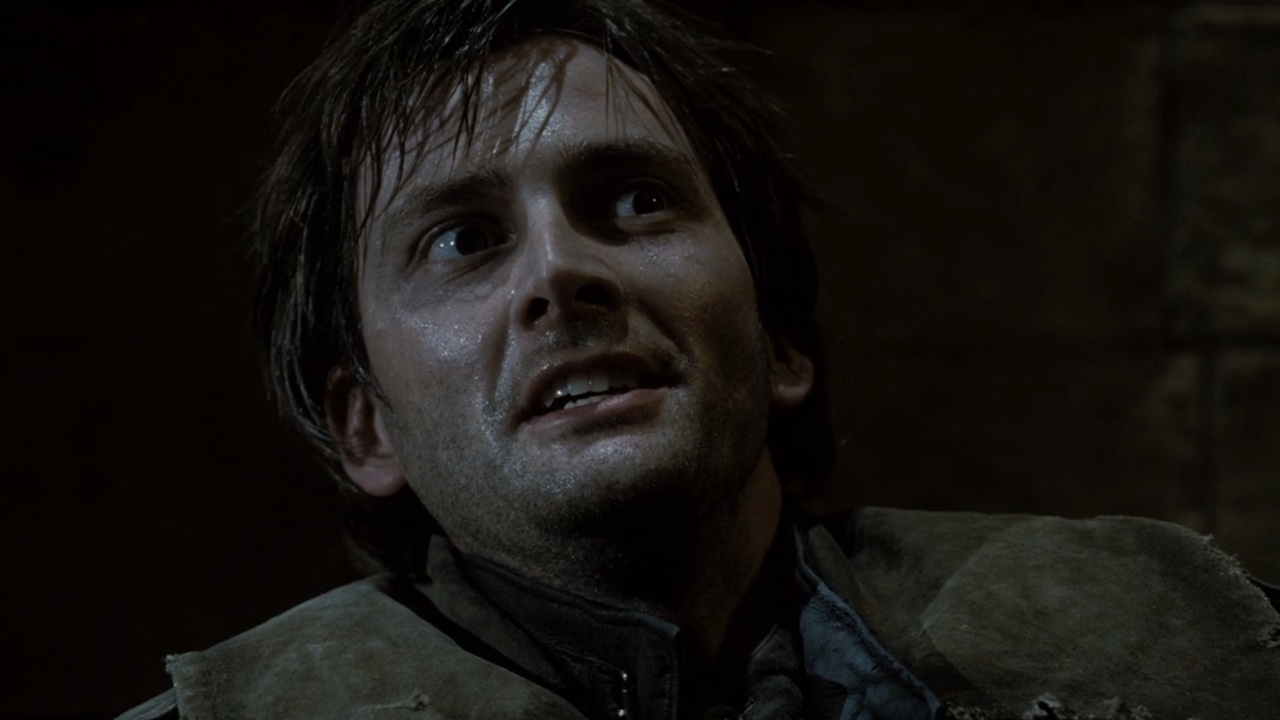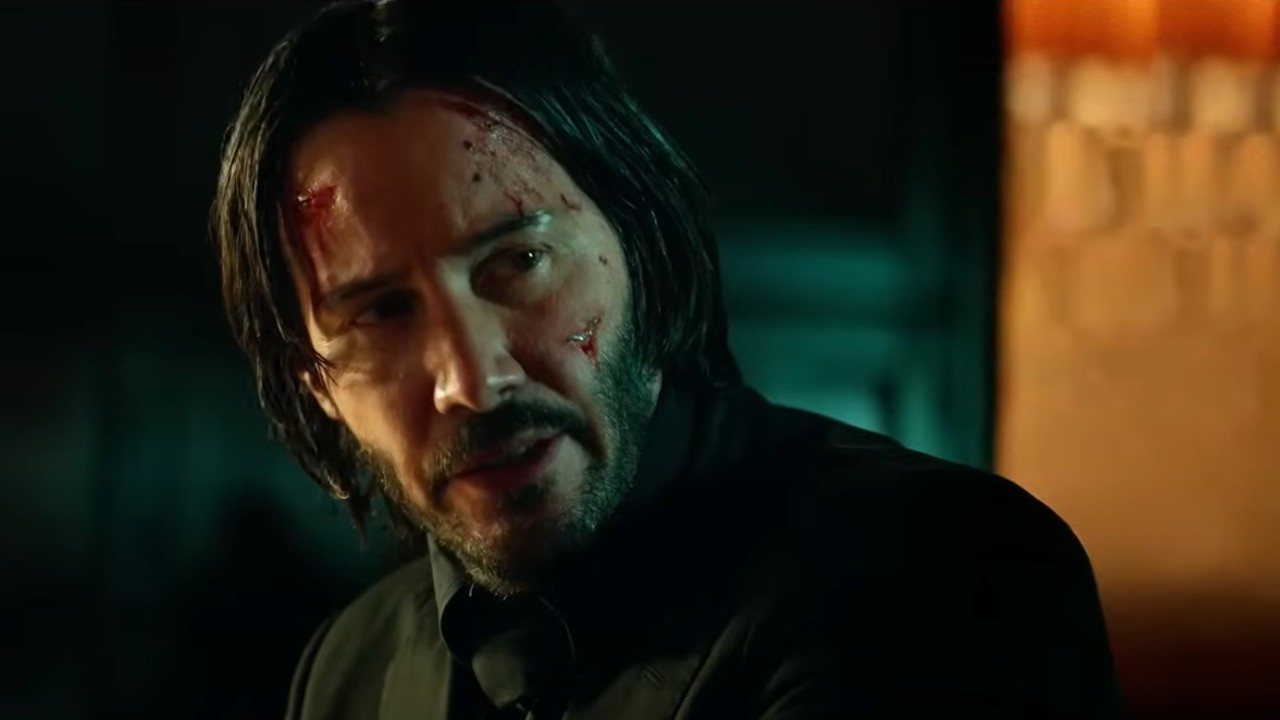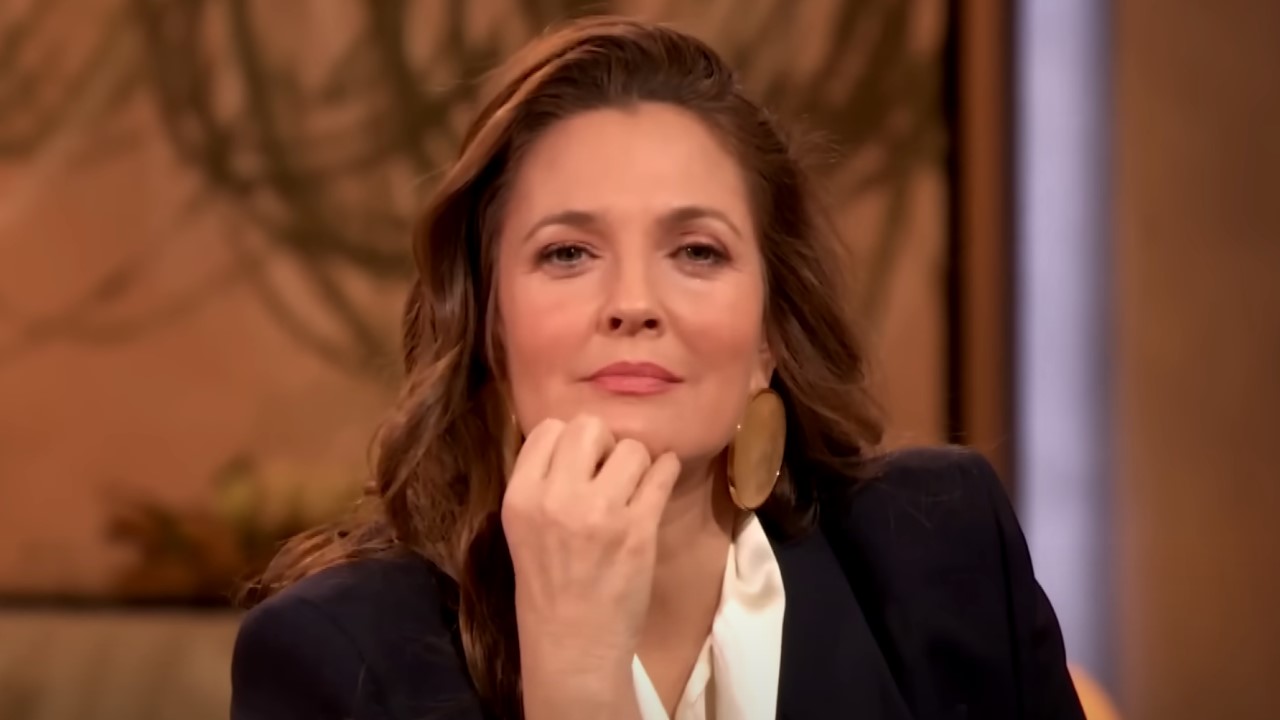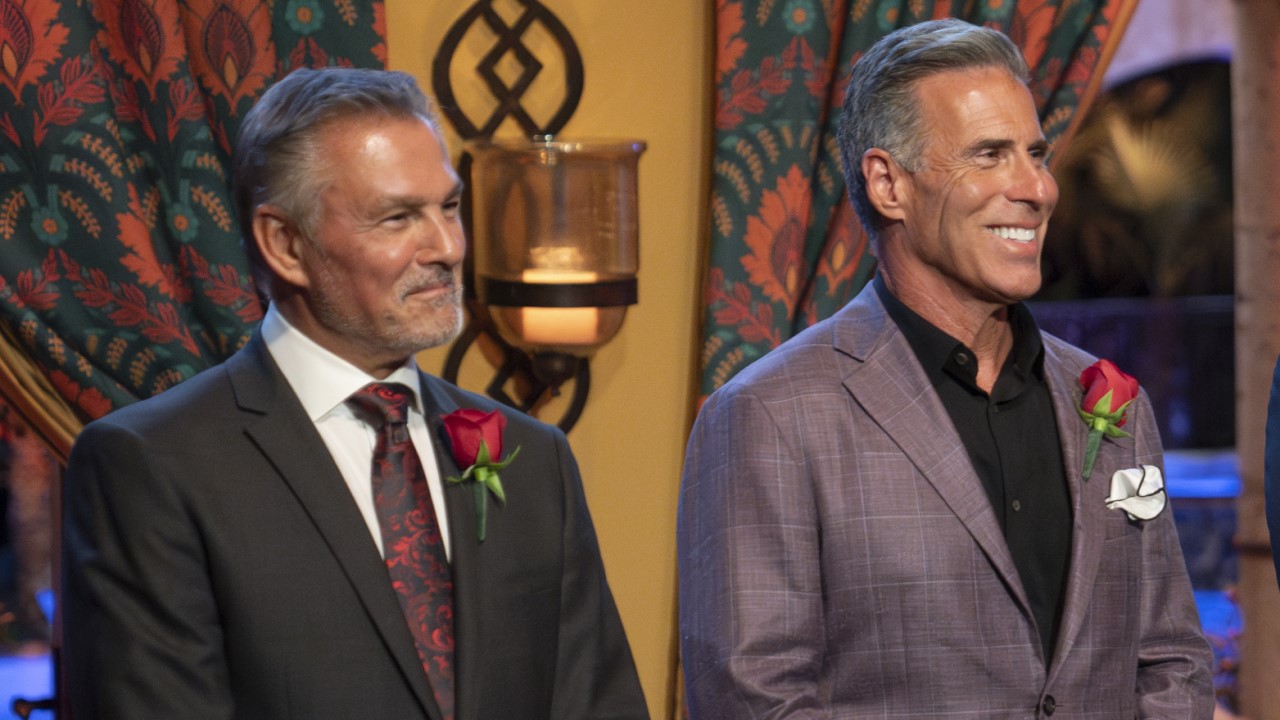Are More Women Going To See Scarlett Johansson’s Black Widow In Movie Theaters Than Other Superhero Movies?
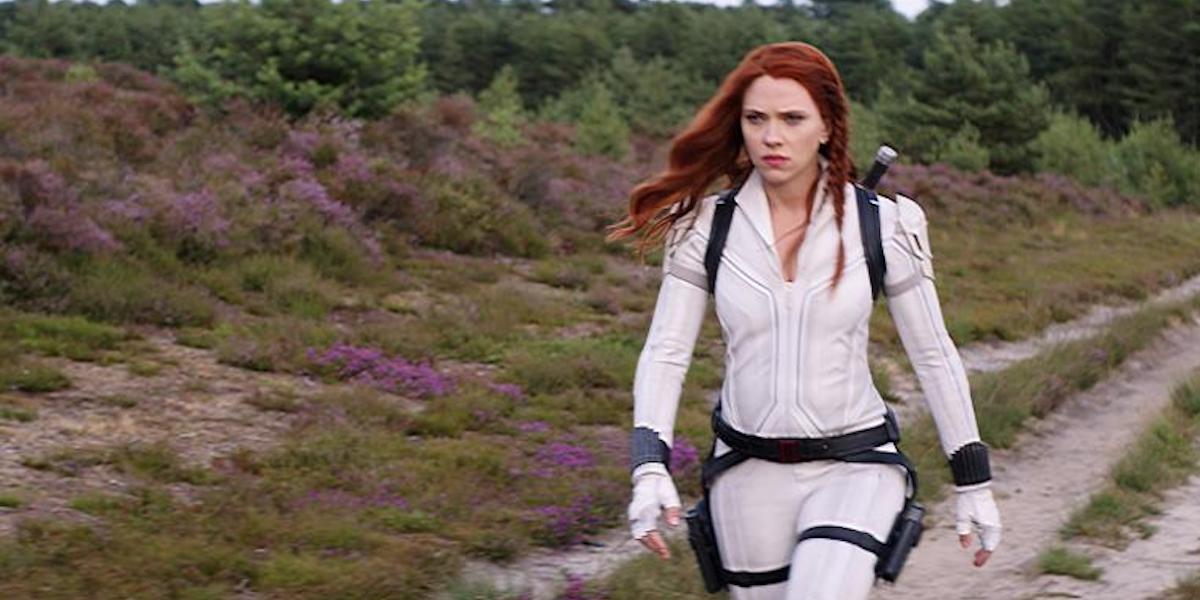
Out of 24 MCU movies, Black Widow is only the second to be led solely by a female Marvel character, following 2019’s Captain Marvel. Why is that? The common Hollywood reasoning used to be because superhero and comic book movies are a male dominated-genre and thus catering to characters that reflect its audiences only makes sense. However, now that we have seen a few superhero movies featuring female heroes front and center in theaters, that question can finally be backed by data. So, what percentage of theatergoing audiences seeing Black Widow this month are women and what percentage are men?
As Scarlett Johansson’s Black Widow enters its second weekend at the box office, THR has learned that 58% of ticket buyers who went out and saw the latest Marvel movie were men. That leaves a roughly 60/40 split between men and women who decided to check out the long-awaited origin story. Based on past reports of other superhero movies, the gender demographics for Black Widow are not unusual for the genre.
It should be noted that this data is based on the first weekend for Black Widow and, if this were calculated let’s say after a month of the movie being in theaters, the numbers might be different. Also, keep in mind that the movie is also available to stream on Disney+ Premier Access, an audience which could account for more of an even split of men versus women or even skew more female, considering how many families may be watching at home. Yet how does it measure up to other recent comic book movies?
Warner Bros’ first female-led DC movie 2017’s Wonder Woman had an audience reportedly made up of 52% of women, making things quite even between the genders. And as far as 2019’s Captain Marvel goes, apparently the audience 55% men and 45% women. So overall, a recent comic book movie starring a woman instead of a man does not really skew male or female at all, but it does make things more even than usual. (And that’s without getting deep into gender politics, of course).
A 2015 study on a correlation between gender and big movies made between 2012 and 2015 found that generally speaking superhero movies garner a 60/40 male to female ratio. Disney’s Big Hero 6 had the most even gender parity with a 50/50 score and 2012’s Dredd had the greatest divide with a 75/25 split between the genders. Marvel movies like the Avengers and X-Men films inspired that 60/40 situation.
Based on these numbers, a movie like Black Widow, which is directed by Cate Shortland and stars three major actresses in Scarlett Johansson, Florence Pugh and Rachel Weisz, isn’t necessarily bringing in a hoard of women who didn’t go out to see other Marvel movies. However, female-led movies do look like they have the power to even out the gender parity a bit more than male-led movies do.
As studios like Marvel continue to diversify the kinds of stories being told on the big screen, it will hopefully inspire more people to feel included in the world’s biggest movie franchise. Over 40% of ticket buyers being women is a huge percentage, and Marvel has some ways it could catch up in terms of diversifying its leading characters.
CINEMABLEND NEWSLETTER
Your Daily Blend of Entertainment News
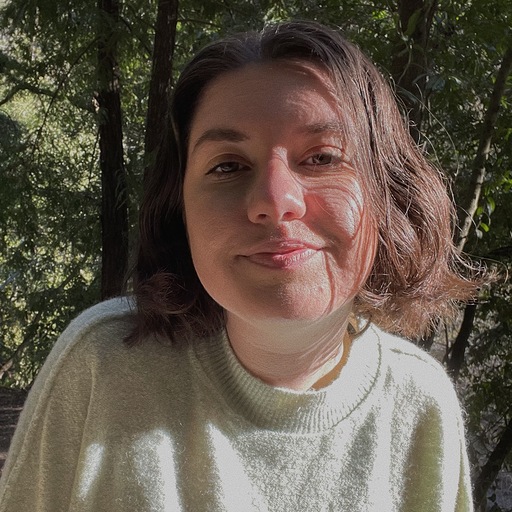
Sarah El-Mahmoud has been with CinemaBlend since 2018 after graduating from Cal State Fullerton with a degree in Journalism. In college, she was the Managing Editor of the award-winning college paper, The Daily Titan, where she specialized in writing/editing long-form features, profiles and arts & entertainment coverage, including her first run-in with movie reporting, with a phone interview with Guillermo del Toro for Best Picture winner, The Shape of Water. Now she's into covering YA television and movies, and plenty of horror. Word webslinger. All her writing should be read in Sarah Connor’s Terminator 2 voice over.
